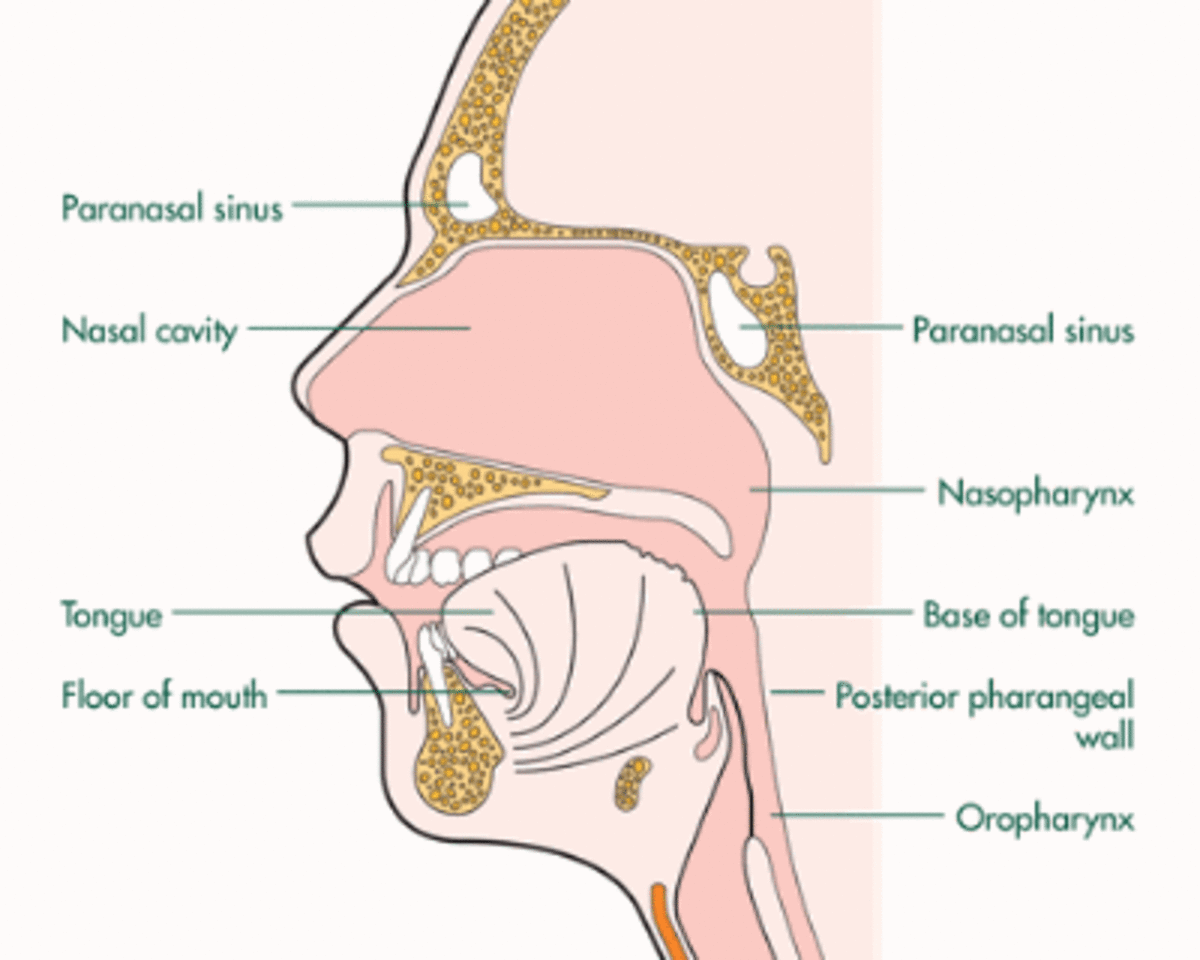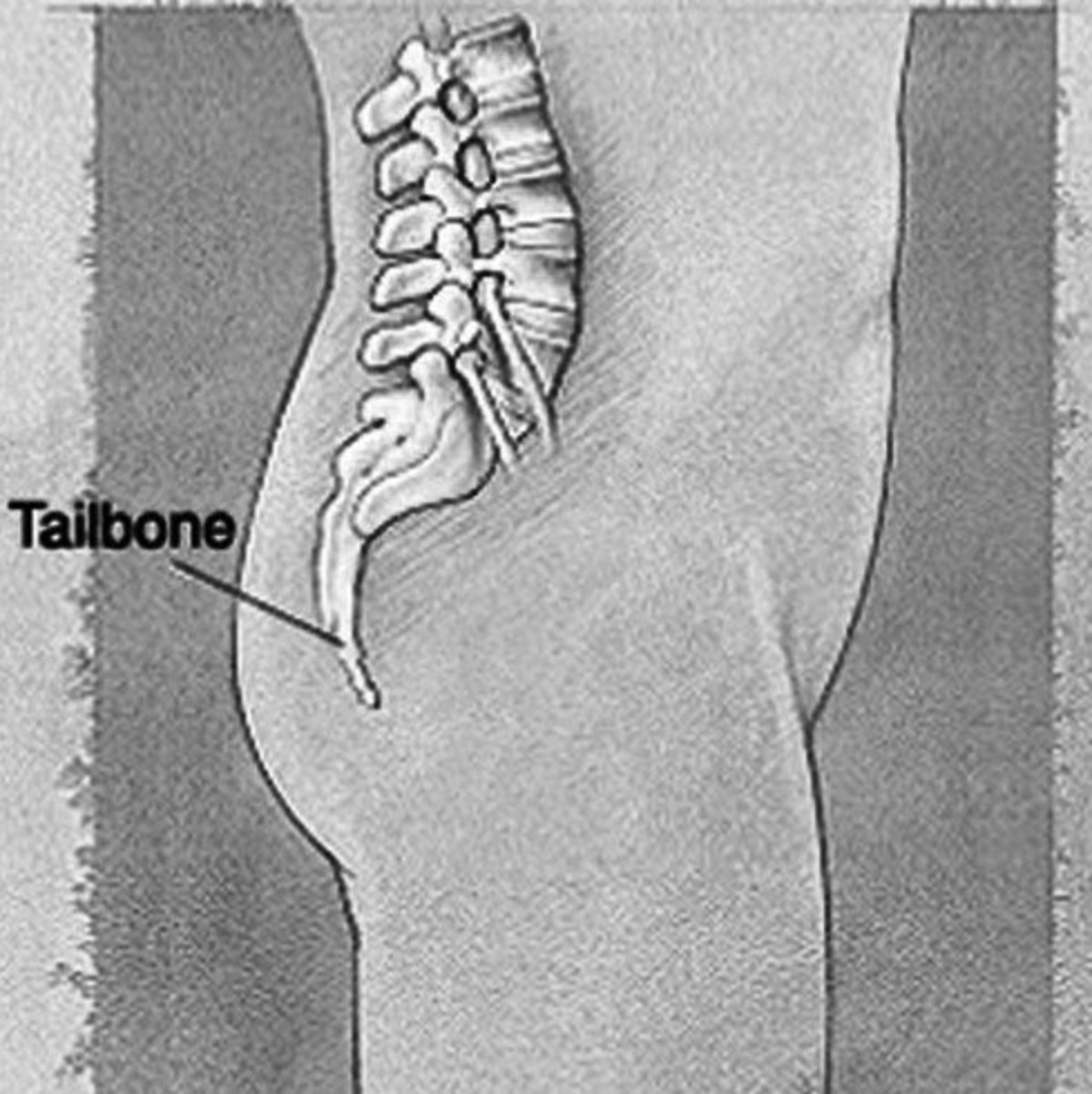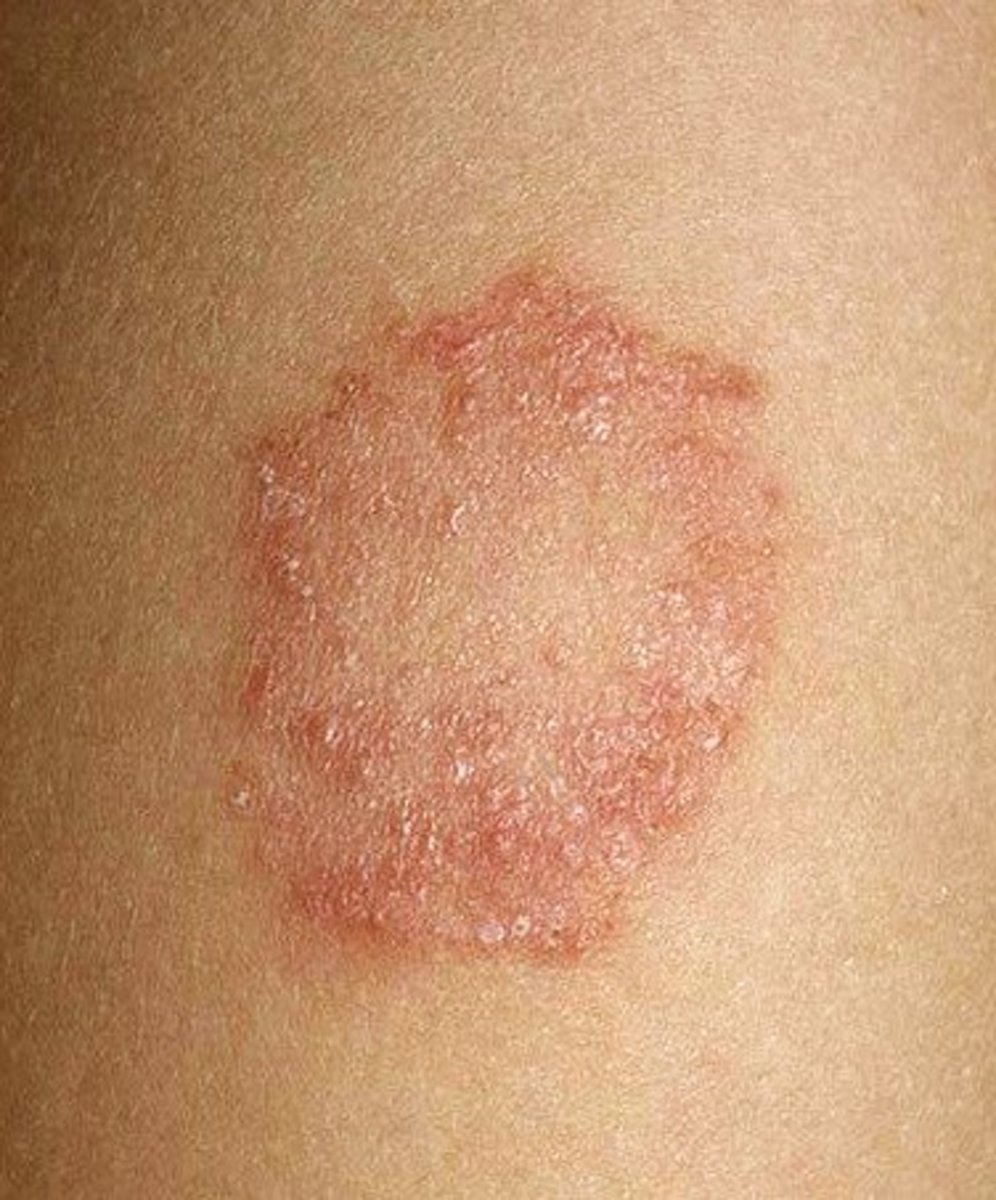Dysphagia After A Neurological Episode
What Is Dysphagia?
Published December 30, 2013, by Mary McShane
Dysphagia is when your throat muscles become sort of paralyzed making eating, breathing, drinking and swallowing much harder. While dysphagia is a common symptom of stroke, it can happen to anyone.
The affected age group is usually the elderly (as a normal part of aging), in babies (especially underweight or premature babies), and in people who have neurological diseases like brain injuries, stroke, spinal cord injuries, ALS, Parkinson's Disease, Multiple Sclerosis, Muscular Dystrophy and Alzheimer's Disease, to name a few.
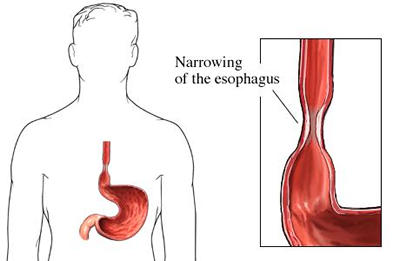
Swallowing Becomes Harder
The swallowing mechanism uses several areas of the brain at the same time. If one of these areas is damaged because of a stroke or neurological episode, recovering can be a very slow process.
If someone has had a brain stem stroke, for example, there is often nerve damage that directly affects the swallowing process. Sometimes the esophagus goes into a spasm and seizes up so food cannot go down. It feels like your throat is squeezing in from all sides.
Dysphagia has been linked to smoking, side effects of certain medications, alcoholism and even ill fitting dentures. It can also occur in people who have severe GERDS where they experience esophageal erosion. This is when the acid from GERDS backs up into your throat and wears away at the lining of the esophagus. This will cause voice changes in volume, and a sense of your throat closing over causing swallowing and breathing problems.
Some medications cause dry mouth as a side effect which severely changes the throat lining and impacts the production of saliva. If you don't have enough saliva to swallow, you can choke.
It is important to have swallowing issues evaluated by a licensed speech therapist when it is first noticed, especially after a stroke, or a relapse in a neurological disease. While swallowing problems are almost immediately following an episode, they will diminish over time. But in the meantime, malnutrition, dehydration and even pneumonia can happen while waiting for the swallowing problems to get better.
Good Video Explanation
Types of Dysphagia
There are two types of dysphagia:
Oropharyngeal - commonly seen following a stroke, this is when it is hard to swallow food to get it from the mouth to the esophagus.
Esophageal - most common with the aging process, this happens deeper down in the throat
Dysphagia symptoms can be mild to severe. Common symptoms are choking, coughing, or the feeling like food is stuck in the back of your throat. Some people have a heavy feeling in the upper chest area when swallowing.
Click on this photo to see it larger
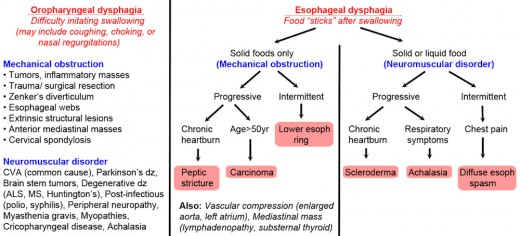
Symptoms of Oropharyngeal Dysphagia
- Difficulty beginning the swallowing process
- Choking after food becomes stuck
- Coughing or gagging during the swallowing process
- Liquid coming out of the nose during swallowing process
- Food getting lodged in the lungs
- Inability to take in enough food or liquid, causing weight loss
- Weak and/or low volume voice
- Drooling from sides of mouth
- Inability to control tongue movements
- Loss of gag reflex
Have you ever felt like food is stuck in your throat and you are not able to swallow it down?
Symptoms of Esophageal Dysphagia
- Feeling like food is sticking in the throat or chest
- Experiencing pain with swallowing
- Pressure on the chest
- Sore throat
- Burping air or liquid
- Ovewhelming heartburn
Treatment
Diagnosis and treatment involves a neurological exam of the neck, throat, esophagus, chest, stomach and mouth either by barium swallow, X-Ray or endoscope.
Swift treatment can help improve dysphagia symptoms sooner, reducing the anxiety that often accompanies the symptoms.
Treatment will help you to chew and swallow as a natural process and will prevent pneumonia and aspiration. Aspiration is when food is inhaled down into the lungs.
Exercises and swallowing therapy are the most common treatments under the care a speech therapist or an occupational therapist.
Swallowing Exercises
GERDS
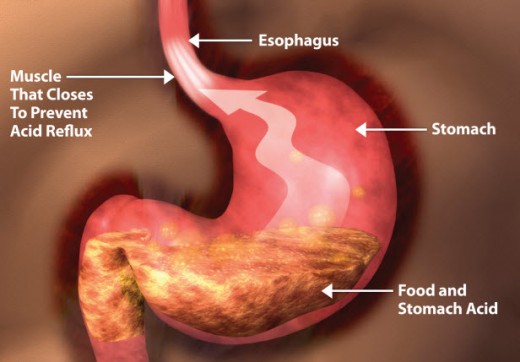
Swallowing Therapy
Swallowing therapy may involve electric stimulation to the muscles at the back of your mouth that help transport food into the throat. This often improves swallowing.
Exercises can relax and even strengthen the muscles of the throat, tongue and mouth so they become more flexible.
Tucking your chin in while swallowing is successful in regaining the swallowing mechanism. Adjusting your sitting position, eating slower and smaller food amounts in a palletable consistency, and rotating your head to the side while swallowing can help loosen up the muscles so they relax enough to eat comfortably.
While the use of muscle relaxers is a last resort before surgical intervention (rare), they can help open your throat to make swallowing easier. However some medications such as sedatives and antibiotics can make the situation worse. Read drug labels to be alert for medication side effects that might affect your swallowing.
GERDS
If you suffer from GERDS (gastroesophageal reflux disease), the bitter tasting acid that backs up into your throat can cause erosion of your esophagus and literally burn away the lining of your esophagus.
Swallowing problems can occur because the production of saliva which lubricates your throat is diminished. Left untreated, making saliva is compromised.
It is important to treat GERDS with proton inhibitor medication and changes to your diet so that you don't end up with long term damage which can result in hoarseness, low volume, or even losing your voice permanently.
Fluids & Food Consistency
Changes is diet and food consistency need to be taken into consideration for each patient's individual needs.
Some patients need a change in the actual texture (thickness) of food, from pudding to puree to minced consistency. To make sure you don't suffer from malnutrition or dehydration, it is best to address this issue with a dietician.
Sometimes thin liquids are much harder to swallow than pureed foods or pudding consistency foods. At that time, a nutritionist or dietician may suggest adding a thickening agent to liquids to make them easier to swallow. A popular brand is "Thick-It."
Aspiration is always a risk and anyone with swallowing issues should be monitored while they are eating to guard against choking or inhaling food down to the lungs.
In a hospital or rehabilitation facility setting, food consistencies follow a table similar to this one.
Foods are categorized as:
- Pureed - a thick texture like pudding,
- Ground - is like minced onions or mashed bananas but not Raw fruits and vegetables.
- Soft - any food that is not raw or crispy and doesn't get blenderized.
- Modified general is any foods that do not involve grinding or chopping.
Fluids are categorized as:
- Thin - regular fluids, unchanged
- Nectar - fluids that can be sucked up through a straw but still thicken enough to drop off a spoon without help.
- Honey - fluids that are too thick to suck up through a straw such as yogurt or pudding.
- Spoon thick - fluids that have to be eaten with a spoon and do not drip off the spoon, like thickened applesauce.
How To Make Pureed Food
In Case Of Emergency
Dealing with daily swallowing issues often causes anxiety and it is important that those around you know how to help you in case of an emergency where you are choking or when food gets lodged in your throat.
If you have deficits following a stroke where you may not even know you have a swallowing problem or if you can't do the swallowing exercises, don't despair. This is normal following a stroke or a relapse of a neurological disease.
© December 30, 2013 Mary McShane
This content is accurate and true to the best of the author’s knowledge and does not substitute for diagnosis, prognosis, treatment, prescription, and/or dietary advice from a licensed health professional. Drugs, supplements, and natural remedies may have dangerous side effects. If pregnant or nursing, consult with a qualified provider on an individual basis. Seek immediate help if you are experiencing a medical emergency.
© 2013 Mary McShane


